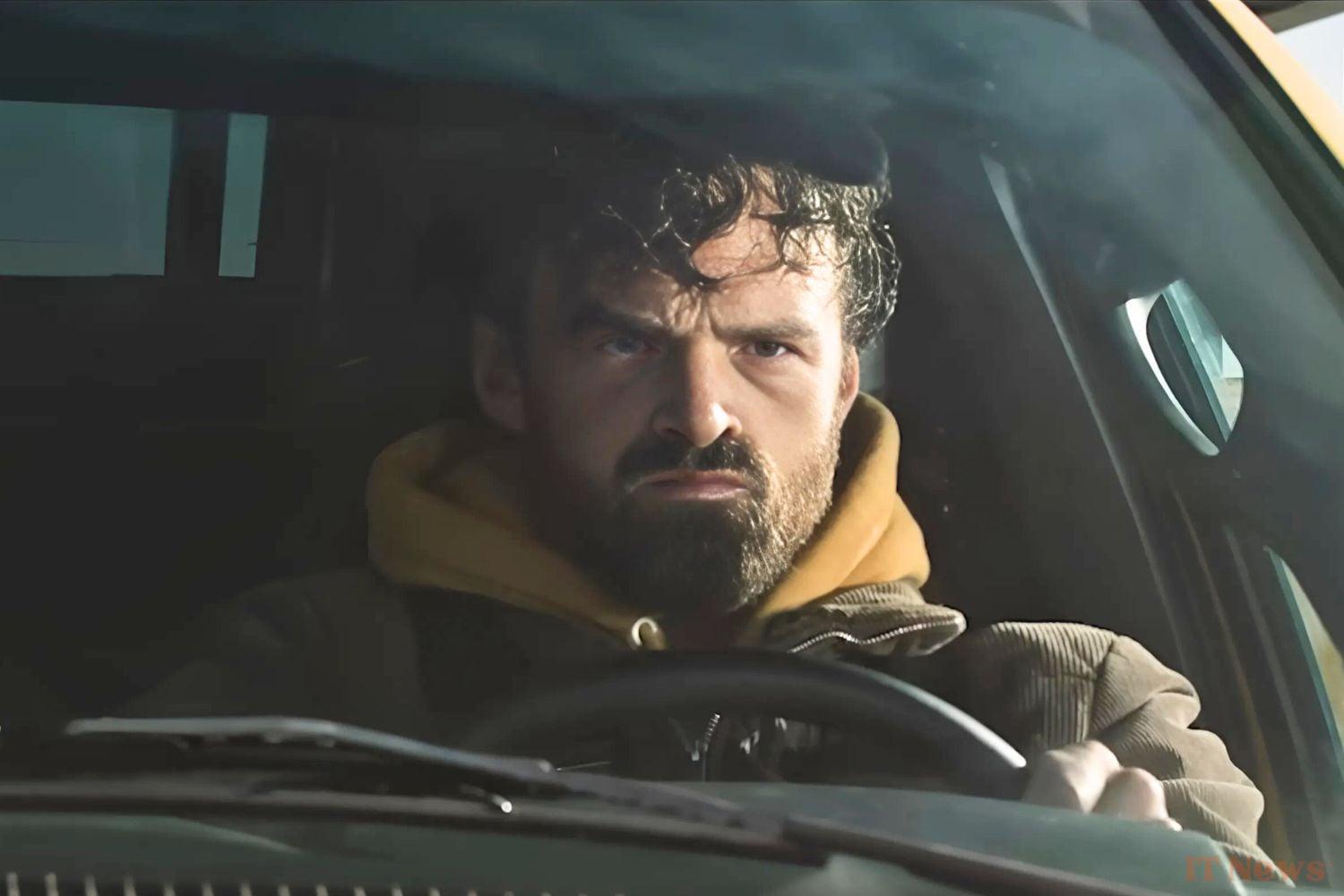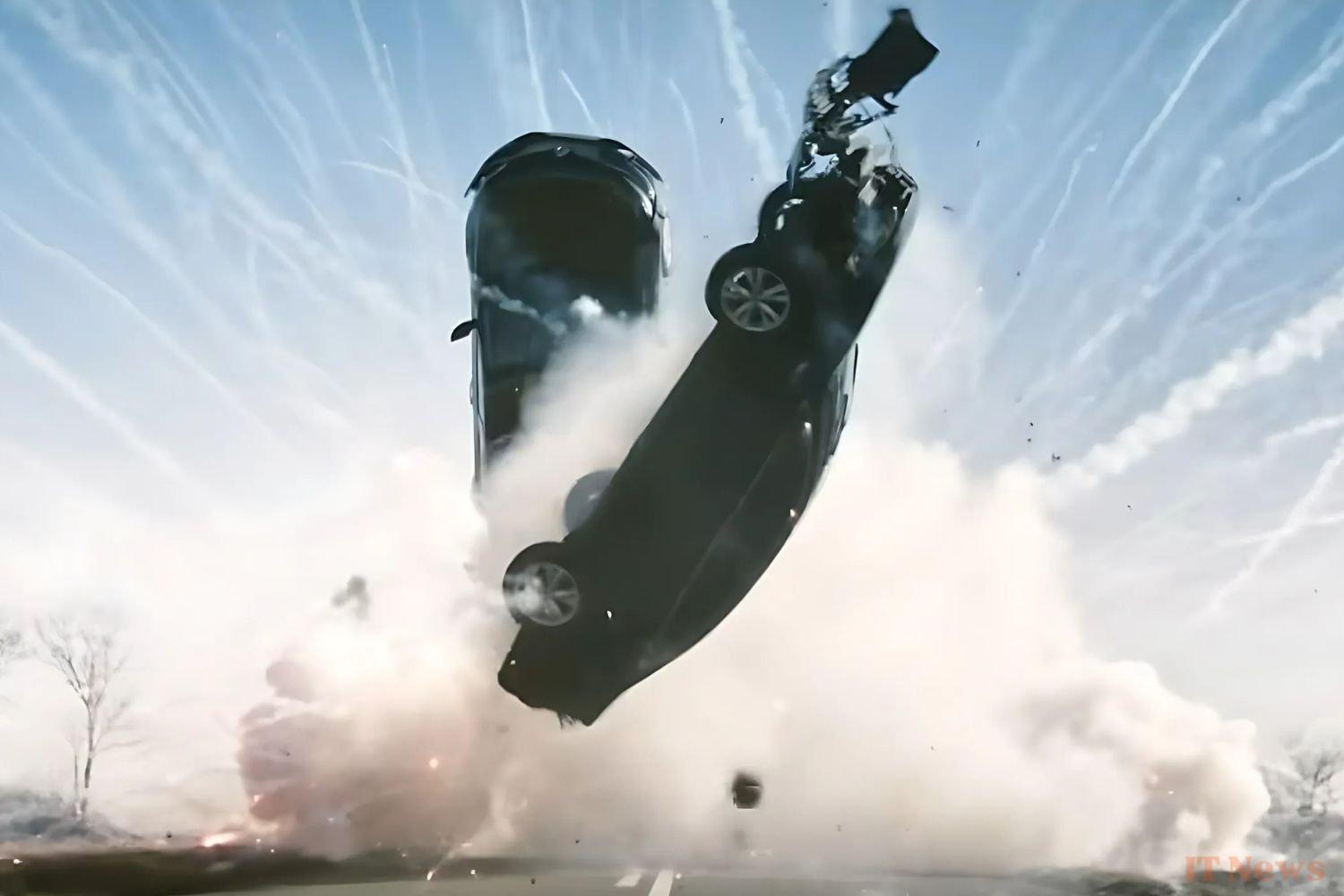If you've been reading us at least since the saga debuted on Netflix in 2020, you know that despite some reservations, we're rather fans of the work of director and screenwriter Guillaume Pierret on Lost Ball 1 & 2. A generous action film that ignores its narrative weaknesses to send cars to the scrapyard and extras to the morgue. So when Maître Pierret, on a perched camera, held a Lost Ball 3 in his hand, enticed by the smell, we said something like this to him: let's see the baby, we want our adrenaline shot!
Nevertheless, since we still have to pretend to be at least minimally interested in the storyline, here's what you need to know about the film's plot: Areski (Nicolas Duvauchelle) returns to France after being betrayed by his former boss, Commander Resz (Gérard Lanvin). The latter is at the top of the corrupt cop food chain. Inevitably, the return to the territory of the person responsible for the death of his brother and his mentor reaches Lino's (Alban Lenoir) ears. With the help of Julia (Stéfi Celma), he will hunt down Areski, even if it means alienating Resz in the process.
The first Balle Perdue was a huge hit, with 37 million views according to Netflix, and it was obvious that the streaming platform would capitalize on its author's desire for big bangs. The second installment almost completely abandoned the story to push the envelope for a big spectacle. For this third installment, Pierret enlists the talents of Caryl Ferey, screenwriter of Kompromat. A way to rediscover the narrative thread and conclude the antagonism between Lino and Areski. Lost Bullet 3 attempts to beef up its plot by rewriting the original story through flashbacks and giving more depth to Duvauchelle's character, who is far from being just the man to be killed.
The hero takes a stray bullet
The intention is laudable, however the four-handed writing doesn't gain in finesse and we are treated to some beautiful enormities. It's amusing to see Resz completely underestimate Lino when we're talking about a man who cleaned out a police station with his fists... twice. A lack of consideration for the hero that can be explained more by the needs of the script than by logic, the police commander being the archetype of a James Bond villain forced to leave the hero alive otherwise... no film.
More generally, Lino is perhaps the main concern of the feature film. And we're not talking about Alban Lenoir's haircut. The character seems at the end of his rope here, both in terms of screen presence and interest in the story, and, aside from the action scenes, the script doesn't seem to know what to do with him. Unable to make Lino more than a protagonist seeking revenge, the story turns more and more towards the tortured Areski.
Carried solely by his status as a hero, Lino will go from scene to scene, without really influencing the story, to the point where the film could do without his presence by playing on an Areski / Julia / Resz (or Yuri) trio. Afterwards, it's still funny to see the rest of the cast barely take him into account despite the damage he causes in three films.
An action between strong and weak moments
Once again, if you've read our previous reviews of the franchise, you know that it's not the script that could convince us that the project stinks, so honest are we in what we're really looking for here. We've said it from the beginning, we like Pierret the director, less the screenwriter. And while we must highlight the shortcomings of one, we especially appreciate the efforts of the other.
Fortunately, the director has lost none of his desire to dazzle us with a minimum of means and a maximum of effects. Using digital technology as little as possible, Pierret pushes the bar threefold when it comes to setting off on a chase through the city streets with three vehicles for about ten minutes, playing with urban planning. Threefold too when we are treated to a small group fight in a tribute to Hong Kong films on board a tram. Sequences that remind us why we jump on each new opus when it comes out on Netflix.
The director is playful and plays with everything he can get his hands on, trying to reinvent his action, so that it doesn't resemble the sequences from the two previous installments. Out with the Renault or the Alpine, hello to the tow truck transformed into a tank engaging in a duel with a helicopter. It's still a complete mess, but it's designed with energy and a desire to have fun and to please.
However, Lost Ball 3 tends to leave us wanting more. Not that the action is lacking, we've given you some great examples above, but this third installment lacks the surprise of the first and the exuberance of the second. As a result, we find ourselves in an in-between that lacks a bit of balance and new features. While we appreciate the cars ending up as piles of scrap metal, we regret that the film relies heavily on these sequences. Whereas the second installment let its actors get out of the vehicles to play it foot, fist, without rules, this one is content with a sequence whose pleasure would call for others. Even Stéfi Celma, who had her moment of glory in the previous feature, will find herself trapped behind the wheel.
Where the Fast & Furious saga has always been careful to go further in exaggeration, Lost Ball 3 brings something new while being somewhat timid. If there is a fourth installment, we want to tell Guillaume Pierret to embrace his bad boy side, a fan of big spectacle, and offer us his Expendables – he still has the characters for it – with all the exaggeration and talent we know he is capable of.




0 Comments